Table of Content
Did you know that websites with high-quality backlinks are 3 times more likely to rank higher on Google? It’s true! Backlinks play a huge role in how search engines decide which websites to show at the top. If you’re struggling to get your website noticed or rank better, backlinks might be the missing piece of the puzzle. They’re like votes of trust from other websites, telling search engines, “This site is worth ranking.”
In this guide, we’ll walk you through everything you need to know about mastering the best backlinks. You’ll learn the different types of backlinks, how to get high-quality ones, and the common mistakes to avoid. By the end, you’ll have a clear plan to boost your website’s rankings and get more traffic. Let’s get started!
What Are Backlinks and Why Do They Matter?
Backlinks are simply links from one website to another. Imagine you’re reading a blog, and they share a link to another site—like saying, “Check this out!” That’s a backlink. In the world of SEO, best backlinks are super important. They’re like votes of confidence for your website. When other websites link to yours, search engines see it as a sign that your content is useful and trustworthy.
But not all backlinks are equal. High-quality backlinks from trusted websites (like popular blogs or news sites) can boost your rankings on Google. On the other hand, backlinks from spammy or irrelevant sites can hurt your SEO. In short, the best backlinks don’t just improve your rankings—they also drive more visitors to your site. It’s like building a web of trust and visibility.
The Different Types of Backlinks
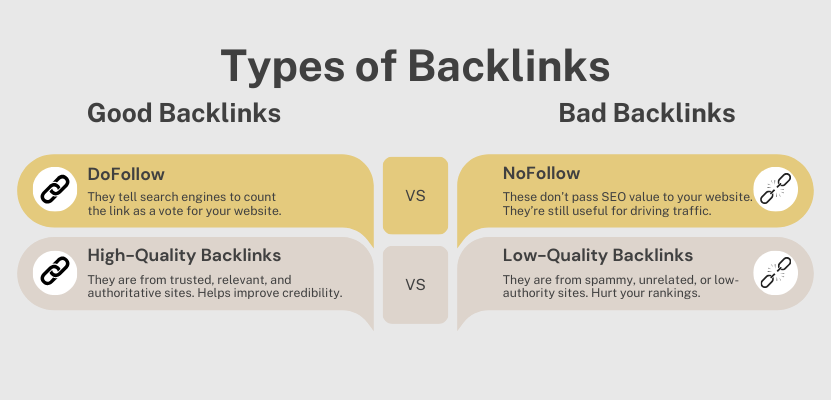
When it comes to backlinks, not all of them are the same. Some can help your website rank higher, while others can actually hurt it. Let’s break it down in simple terms:
1. DoFollow vs. NoFollow Links
You’ve probably heard these terms before. Here’s what they mean:
- DoFollow Links: These are the “real” backlinks. They tell search engines to count the link as a vote for your website. These links directly boost your SEO and help your rankings.
- NoFollow Links: These don’t pass SEO value to your website. They’re still useful for driving traffic, but they won’t improve your rankings.
Think of it like this: DoFollow links are like gold stars that make your website shine in search results, while NoFollow links are just neutral mentions.
2. High-Quality Backlinks
These are the backlinks you want! High-quality backlinks come from trusted, relevant, and popular websites.
- It’s from a site related to your niche or industry (like a food blog linking to a recipe site).
- It’s from a site with high authority, like popular blogs, news websites, or government sites.
- It’s natural—not paid or forced.
For example, if a big industry blog links to your website, that’s a high-quality backlink. These links tell search engines, “This site is legit and valuable.” This is called organic link building.
3. Low-Quality Backlinks
These are the links you should avoid. Low-quality backlinks come from spammy, irrelevant, or untrustworthy websites.
- They might be from sites with little to no traffic.
- They often come from shady practices like buying backlinks or using automated tools.
- They can harm your rankings if search engines see them as manipulative.
For instance, if a random gambling site links to your fitness blog. That’s a red flag. Too many of these links can hurt your SEO instead of helping.
Which Are the Best Backlinks?
The best backlinks are DoFollow, high-quality, and relevant to your website. Focus on earning links from respected websites in your niche. These are the ones that’ll boost your rankings and bring you real traffic. Remember, it’s not about having the most backlinks—it’s about having the best ones!
A Step-by-Step Backlink Building Plan for Beginners
If you’re new to backlinks, don’t worry! Here’s an easy plan to help you build high-quality backlinks step by step. Just follow this checklist, and you’ll see progress in no time:
1. Check Your Current Backlinks
Start by seeing where you stand. Use a free tool like Google Search Console to check your backlink profile.
- Look for websites already linking to you.
- Identify low-quality or spammy backlinks you might need to change.
2. Find High-Authority Websites in Your Niche
Make a list of websites related to your industry or niche.
- For example, if you run a fitness blog, look for health and wellness websites.
- Focus on sites with good reputations and strong domain authority. These are your best targets for high-quality backlinks.
3. Create Link-Worthy Content
You need content that people want to link to. Aim to create at least one piece of valuable content each week.
- Write a helpful blog post, guide, or list.
- Create something unique, like an infographic or a data-driven article.
When your content is useful, others will naturally want to share and link to it.
4. Reach Out with a Personal Touch
Contact the websites on your list and let them know about your content.
- Send a personalized email explaining why your content would be helpful to their audience.
- Offer to collaborate, write a guest post, or provide a resource they can link to.
Remember, being friendly and professional goes a long way!
5. Keep an Eye on Your Progress
Check how your backlinks are growing over time.
- Use tools like SEMrush or Ahrefs to monitor your new backlinks.
- If something isn’t working, tweak your approach. Maybe your outreach emails need to be more personal, or your content could be more detailed.
Start small—pick one step from this plan and get started. Building best backlinks takes time, but with consistent effort, you’ll see your rankings improve and more people visiting your site. So, why wait? Start building those best backlinks now!
How to Get the Best Backlinks: Simple and Proven Strategies
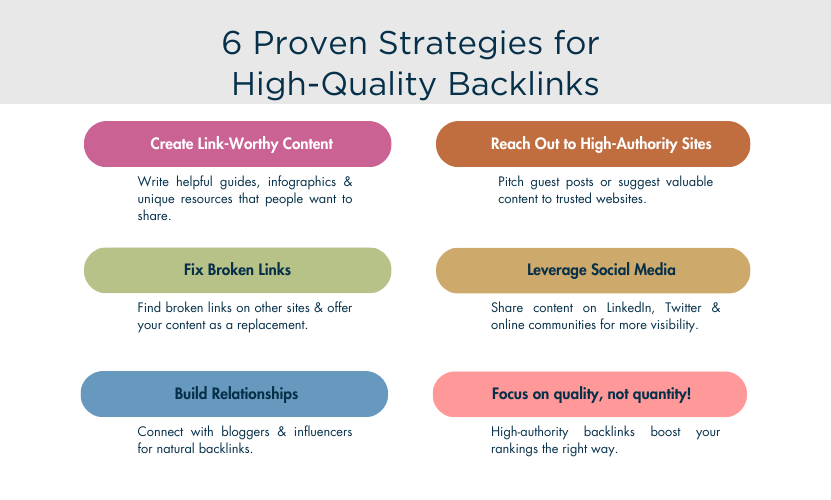
If you want to boost your rankings with the best backlinks, you’ve got to know where to start. Here are some super simple strategies to help you build high-quality backlinks without feeling overwhelmed:
1. Create Link-Worthy Content
The easiest way to earn website backlinks is to make content people love to share. Write blog posts, guides, or resources that are helpful, unique, and valuable.
- Think of things like “how-to” guides, infographics, or in-depth research.
- If your content solves a problem or answers common questions, others will naturally want to link to it.
2. Reach Out to High-Authority Websites
Don’t be afraid to ask! Reach out to trusted websites or blogs in your industry and suggest how your content could add value to their audience.
- Pitch guest posts where you provide useful content for their site, and in return, they link back to yours.
- Be polite and explain why linking to your content helps their readers.
4. Use Broken Link Building
Here’s a clever trick: Find broken links on other websites and offer your content as a replacement.
- Use tools to spot broken links.
- Reach out to the website owner, let them know about the broken link, and suggest your content as an alternative.
It’s a win-win—you help them fix their site, and you get a backlink!
4. Leverage Social Media and Online Communities
Social media isn’t just for scrolling—it’s a great way to get backlinks too!
- Share your content on LinkedIn, Twitter, Reddit, or niche communities where people might find it valuable.
- Engaging in forums or groups like Quora can also help others discover and link to your content.
5. Build Relationships with Influencers and Bloggers
Backlinks often come from connections.
- Build genuine relationships with influencers or bloggers in your field.
- Collaborate on projects, mention their work, or interview them. They’re more likely to link to your content when they trust you.
6. Final Tip: Quality Over Quantity
You don’t need thousands of backlinks to rank higher. Focus on getting best backlinks from relevant, trusted websites that fit your niche. These are the links that’ll truly make a difference. So, start small, be consistent, and watch your rankings grow!
How to Measure the Success of Your Backlink Strategy
Building backlinks is great, but how do you know if it’s actually working? Don’t worry—it’s easier than you think! Here are some simple ways to track your progress and see how your backlinks are helping your website:
1. Check Your Domain Authority (DA) or Domain Rating (DR)
Domain Authority (DA) and Domain Rating (DR) measure how strong and trustworthy your website looks to search engines.
- Tools like Moz (for DA) or Ahrefs (for DR) can help you check this.
- If your score is going up, it’s a good sign that your backlink strategy is working!
2. Look at Your Organic Traffic
Organic traffic is the number of people visiting your site from search engines like Google.
- Use tools like Google Analytics to see if your traffic is growing.
- If more people are finding your site, it’s likely because your backlinks are boosting your rankings.
3. Count Your New High-Quality Backlinks
Keep track of how many high-quality backlinks you’re earning over time.
- Use tools like Ahrefs or Google Search Console to see who’s linking to your site.
- Focus on links from trusted, relevant websites—they’re the ones that matter most.
4. Monitor Your Rankings for Target Keywords
Check where your website ranks for important keywords.
- Use a tool to track your keyword rankings.
- If you notice your site moving up in search results, your website backlinks are doing their job.
5. Stay Consistent and Refine Your Strategy
Backlink success doesn’t happen overnight. Keep tracking your progress regularly, and if something isn’t working, refine your strategy. By staying consistent, you’ll see your site grow stronger and rank higher over time. Best Backlinks are like planting seeds—keep nurturing them, and you’ll enjoy the results!
Free Tools to Help You Build and Monitor Backlinks
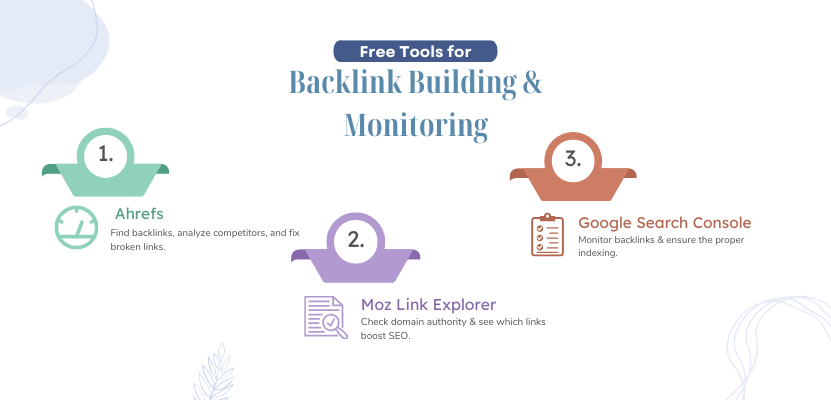
Building and keeping track of backlinks doesn’t have to be complicated. There are some amazing SEO tools that are free and can make the process super easy. Here are a few you should check out:
1. Ahrefs
Ahrefs is one of the best tools for finding and analyzing backlinks.
- You can see who’s linking to your website.
- Discover opportunities to get new website backlinks by analyzing your competitors.
- Easily spot broken links on your site or others that you can fix to gain backlinks.
Ahrefs gives you everything you need to build the best backlinks in one place.
2. Moz Link Explorer
Moz Link Explorer helps you understand your website’s authority.
- You can check the domain authority (DA) of sites linking to you.
- It shows which backlinks are helping your SEO the most.
This tool is perfect for beginners who want to see which links matter most.
3. Google Search Console
This free tool from Google is a must-have for every website owner.
- It shows all the websites linking to yours.
- You can check if Google is properly indexing your backlinks.
It’s simple, free, and perfect for monitoring your overall link profile.
Why Use These Tools?
These tools make backlink building and tracking easier by giving you the data you need in just a few clicks. Instead of guessing, you’ll know exactly where to focus to get the best backlinks that boost your rankings. Pick one or two tools to start, and you’ll feel more confident managing your website backlinks like a pro!
Common Backlink Mistakes to Avoid
Getting the best backlinks is important, but doing it the wrong way can hurt your website. Here are some mistakes which makes your backlink toxic and you should avoid them:
1. Overloading on Low-Quality Links
It’s tempting to think, “The more backlinks, the better,” but that’s not true.
- Low-quality links from spammy or irrelevant sites won’t help your rankings.
- In fact, they can hurt your website if search engines see them as fake or manipulative.
Focus on quality over quantity—a few good links from trusted sites are way better than hundreds of bad ones.
2. Ignoring Relevance
Not all backlinks are created equal. If you’re running a travel blog, links from food blogs or tech sites won’t carry as much weight.
- Backlinks should come from websites that are relevant to your niche.
- Google loves when links make sense and add value to the reader
So, aim to get backlinks from sites that match your content.
3. Buying Backlinks
It might sound like a quick fix to just pay for backlinks, but it’s a bad idea.
- Google has strict rules against buying backlinks. If you get caught, your site could get penalized or even banned from search results.
- Paid links are often low-quality and spammy.
Instead, focus on earning high-quality backlinks the right way—it’s worth the effort!
4. Neglecting Anchor Text
Anchor text is the clickable part of a link. Using the wrong anchor text can confuse search engines or make your link look unnatural.
- Don’t use vague terms like “click here” or “check this.”
- Instead, use anchor text that’s relevant to your content, like “best travel tips” or “high-quality backlinks.”
Getting it right makes your links look natural and helps search engines understand what your content is about.
Avoid these mistakes, and you’ll build the best backlinks that actually help your rankings. Stick to quality, relevance, and ethical practices, and your site will grow the right way!
Conclusion
Backlinks are one of the most important pieces of the SEO puzzle. They show search engines that your website is valuable and trustworthy. By focusing on high-quality backlinks, you can improve your rankings, get more traffic, and build your website’s authority.
The best part? Building the best backlinks isn’t as hard as it might seem. With the right strategies—like creating great content, reaching out to others, and using helpful tools—you can do it step by step. So, are you ready to level up your SEO game? Start working on those high-quality backlinks today, and you’ll be on your way to higher rankings and more visitors in no time! You’ve got this!
Boost your rankings with expert SEO services. Let Rankonix handle it for you.
FAQs
Q. What’s a backlink audit?
A backlink audit is when you check all your backlinks to see which ones are helping and which ones might be harmful.
Q. Do backlinks expire?
Not exactly, but backlinks can disappear if the website linking to you removes the link, the page containing your link is deleted, or the linking site goes offline. That’s why it’s important to monitor your backlinks and replace any that are lost.
Q. How do guest posts help with backlinks?
When you write a guest post for another website, they usually allow you to include a link to your own site. This is an excellent way to gain high-quality backlinks from trusted websites. Additionally, guest posting helps you build valuable relationships within your industry while reaching a new audience.
Q. How many backlinks do I need to rank higher?
There’s no magic number when it comes to backlinks—it all depends on your competition and niche. If your competitors have 100 high-quality backlinks, you’ll need at least that many, if not better ones, to stay competitive. However, keep in mind that even a few top-tier backlinks from trusted sites can make a significant impact.
Q. How long does it take for backlinks to improve rankings?
Backlinks can take anywhere from a few weeks to a few months to show results. Search engines need time to find and evaluate new backlinks, and the speed of improvement often depends on how trusted and relevant those backlinks are. While patience is essential, the results are well worth the wait!
Q. What’s the difference between organic and paid backlinks?
Organic backlinks occur naturally when someone links to your site simply because they appreciate your content. On the other hand, paid backlinks are links you pay for—and Google doesn’t like this practice. It’s best to focus on building organic backlinks as they are safer and more effective for long-term SEO success.
Q. What’s the difference between internal and external backlinks?
Here’s the simple difference: internal backlinks are links within your own website, such as linking one blog post to another on your site. External backlinks, or simply backlinks, are links from other websites pointing to your site. Both types are important for SEO, but external backlinks hold more weight when it comes to improving rankings.


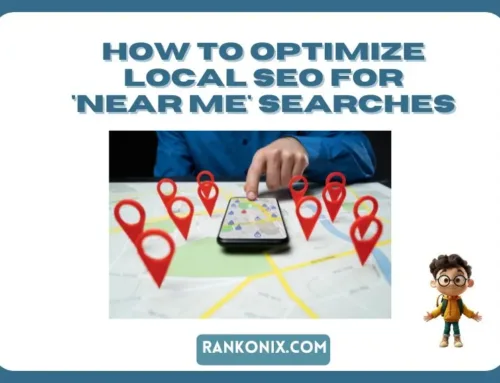




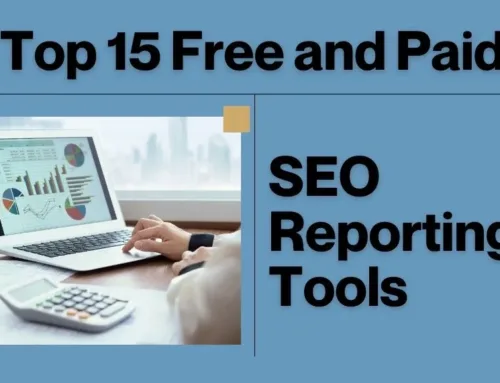
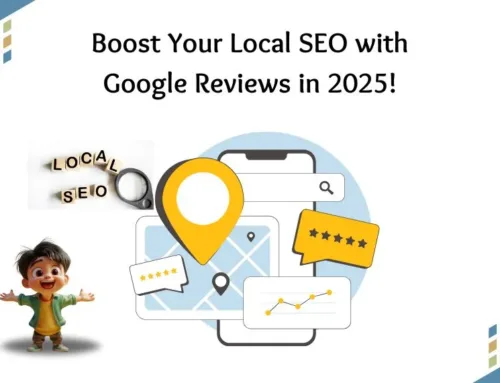

[…] genuine SEO experts who deliver results from those who merely throw around jargon like “backlinks” and “search engine algorithms” without substantial understanding? If […]